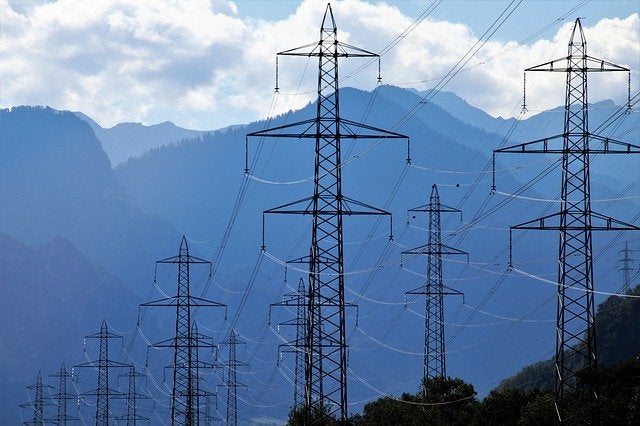
Estonian transmission system operator Elering AS awarded Siemens Energy with a contract to build three synchronous condenser plants in Estonia. It is the first Flexible Alternating Current Transmission System (FACTS) Siemens Energy will install in the Baltic States. The three synchronous condensers will help stabilizing the grid and managing the ongoing integration of renewable energy generation.
“While moving forward along our pathway to a greener energy landscape, the grid infrastructure needs to become more resilient, more sustainable, and better equipped to integrate renewable energy sources on a large scale. Grid stabilization projects like the three synchronous condenser plants for Estonia are gaining in importance,” says Beatrix Natter, Executive Vice President Transmission at Siemens Energy. “Our proven technology will help Elering AS boost stability and resilience of the Estonian grid.”
Siemens Energy is responsible for design, supply and installation of the three 330 kilovolt (kV) synchronous condenser plants, that will be located at Püssi, Viru and Kiisa in the north of Estonia. By means of its rotating mass the synchronous condensers will provide short-circuit power and inertia for stable operation of the Estonian grid while also providing or absorbing reactive power. Due to the intermittency and volatile nature of renewable energies grid stabilization technologies play an increasingly important role for a successful energy transition.
According to Taavi Veskimägi, Chairman of the Management Board of Elering, the synchronous condensers are the primary technical capacity to be operated from Elering’s network control centre in order to ensure the operation of the power system after cut-off from Russia. “Without the inertia provided by this equipment, the hazard for the unexpected shutting off of the power system and leaving consumers without power would be very high. This is a vital investment in order to create the first ‘defensive barrier’ for the power system,” explained Veskimägi.
The synchronous condenser solution comprises a horizontal synchronous generator connected to the high-voltage transmission network via a step-up transformer. Each of the three plants will be able to provide the grid with reactive power of 50/+50 mega volt-ampere reactive and up to 1,750 megawatt-seconds of inertia. They will have a short-circuit capability of more than 900 mega volt-ampere. The plants will be commissioned successively between April 2023 and May 2024.



